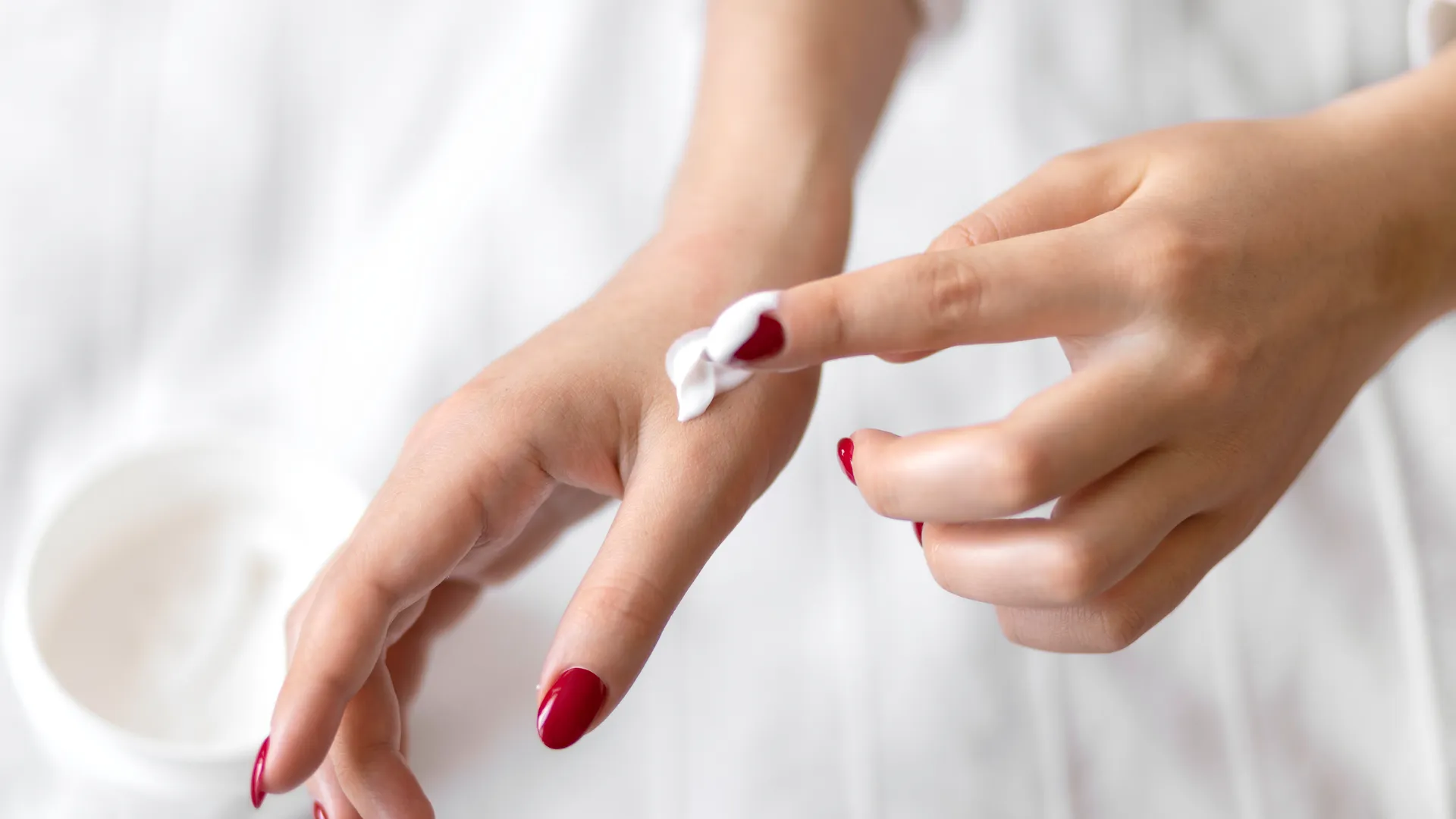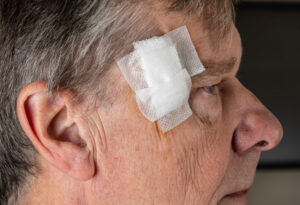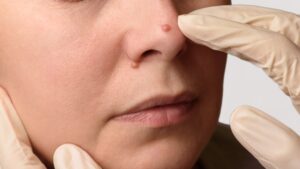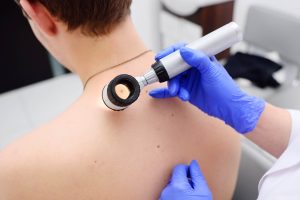Did you know that skin cancer is the most common type of cancer in the United States? While skin cancer is often caused by exposure to the sun’s harmful UV rays, it can also occur in areas that do not receive direct sunlight. That is why having annual skin cancer screenings by a board-certified dermatologist is essential. At Golden State Dermatology, we provide the full spectrum of dermatology care by combing the leading clinicians and resources to help prevent, detect, and treat skin cancer and other conditions affecting the skin, hair, and nails.
As there are many forms of skin cancer and ways to treat it, the most effective treatment for basal cell and squamous cell carcinomas and early melanomas is Mohs Micrographic Surgery.
Mohs Surgery is indicated when:
- The borders of the cancer are poorly defined
- The cancer is large
- The cancer has recurred after a prior treatment
- The cancer has previously been incompletely removed
- The cancer is in an area where preservation of healthy tissue is paramount to achieve the best possible cosmetic and functional reconstructive outcomes, such as the nose, ears, eyelids, and lips
- The cancer has grown rapidly
- The cancer has aggressive microscopic features, such as morphemic, infiltrating, or micronodular
- The cancer tracks along nerves (perineural invasion)
Because only the affected layers of skin are removed, patients and surgeons alike often prefer the Mohs procedure. With a high success rate, Mohs surgery can often be performed in a medical office or surgical suite. Below is a step-by-step process of what you can expect from Mohs Surgery.
- The visible tumor and a thin layer of surrounding skin are removed.
- The tissue is examined under a microscope to see if any cancer cells remain at any of the edges.
- If the cancer cells remain, additional skin is removed and examined under the microscope.
- This process continues until no more cancer cells are found at the edges.
Infographic by American Academy of Dermatology Association
When the removal process is complete, there is no longer any evidence of cancer at the surgical site. Since Mohs micrographic skin cancer surgery only removes tissue containing cancer, it ensures the maximum amount of healthy tissue is preserved.
It’s essential to perform regular periodic self-exams to check for signs of any suspicious skin spots, changes, or lesions. Contact any of our 20+ locations across the Bay Area and Central Valley if you do notice any of these symptoms. In addition to self-exams, it’s imperative to come in for your annual skin cancer screening performed by one of our board-certified dermatologists to assess your skin for any pre-cancerous lesions thoroughly. Your provider may ask you to come more often than annually if you are at higher risk.
Golden State Dermatology provides high-quality, patient-centered care so you can achieve a lifetime of confidence in your skin. To learn more about Mohs micrographic surgery or schedule your next skin exam, please call us today or request an appointment here.






